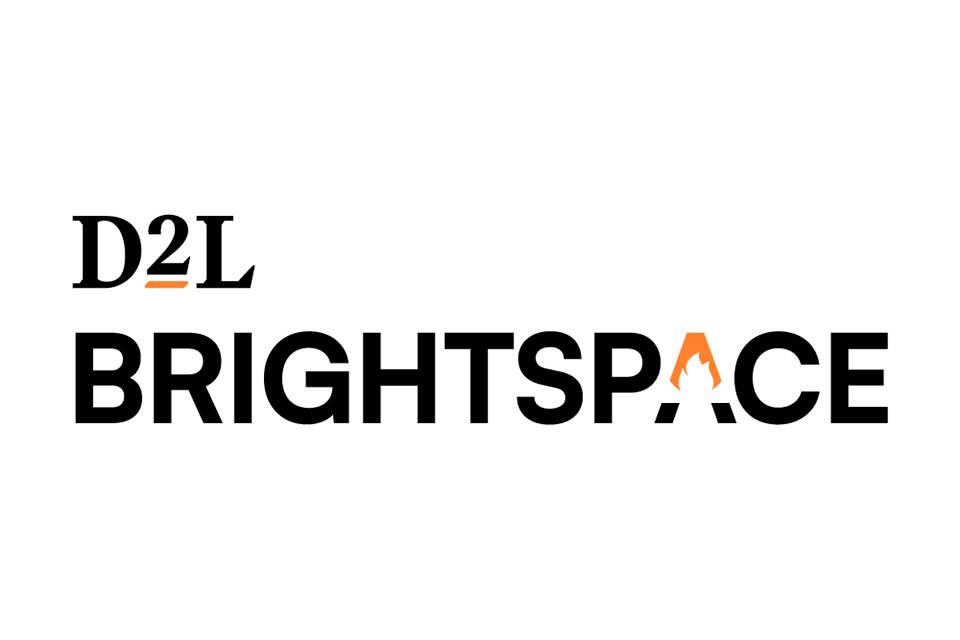Are Instructional Design Portfolios Becoming Essential?
It’s wild to think about the rapid growth of the instructional design field over the last decade. When I began actively pursuing instructional design positions in 2014, having a portfolio was seen as going above and beyond. I remember walking into interviews with a printed portfolio and showing it to employers, who immediately started going through my cheaply produced binder from Staples. I didn’t know how to create a portfolio and what I read online only confused me even more.
I went to school to become a graphic designer, so I stuck with what I knew and based a portfolio around the guidelines of a graphic design portfolio. After some modifications, I had an instructional design portfolio(ish), and off I went displaying this to potential employers. For graphic design positions, you had to have a portfolio. It was essential. It was non-negotiable. If you didn’t have one, they wouldn’t interview you. And now in 2024, I’m starting to see how instructional design is going in this direction. All fields of “design” (graphic design, user experience design, web design, etc.) emphasize and stress the significance of portfolios, and instructional design, in my opinion, should now be included on this list.
Having talked with many, many of you aspiring instructional designers and current instructional designers trying to leave your employer for another, it is abundantly clear on what works well and what doesn’t. What does not work is relying on “hope” as a strategy. Hoping that someone will take a chance on you if they review your resume close enough doesn’t cut it now. Back in 2014 when only a handful of instructional design hopefuls were applying to jobs, it could’ve worked then. But now, some of these job postings are receiving 100 + applicants within the first 2 weeks. I experienced this myself with trying to hire a new designer recently, and from a hiring manager’s perspective, it was extremely overwhelming.
Many of the candidates today have similar qualities with their education, professional development, and years of experience. Yes, having specific search parameters can help with narrowing down the list of candidates, but it’s not nearly enough as you might think. Whittling a list down from 100 names to 75 isn’t doing a lot in the grand scheme of things.
So hypothetically speaking, if the playing field is leveled, what does a hiring manager look for? In my experience, it’s the portfolio. Now to be clear, can you still obtain an instructional design position without one? Yes, you can and there will always be outliers. I still receive emails every now and then of someone reaching out for help because they accidentally became an instructional designer. I have no idea how on earth that’s happening nowadays, but it’s a reminder that anything is possible. For the majority of new roles though, I’m predicting that portfolios will become required in the near future.
Yes, I know they are arduous, but I would rather you work smarter than harder. You could continue to apply to job after job and maybe have some calls back, or you could increase your odds by highlighting your incredible learning products. What most people don’t realize is that the best kind of interview is when you can shift the format of the interview to lean towards your favor. For instance, let’s say you are in a panel interview and people are going around the room asking you question after question. They are listening to how you speak, your confidence, your thought process, and everything of the sort. When you can answer a question by supporting your statement with evidence, that is a massive win. I advise folks all the time that you can start answering a question in your own way, and then saying, “Would you mind if I share my screen and show you how I’ve done this before in the past?” Or, if your interview is in-person, you could bring handouts or go up to a whiteboard and draw your answer out. God, I love whiteboards.
Anyway, any hiring manager should be thrilled to see an example. At this point in time, the nature of the interview will shift and the follow up questions will be on what you are displaying from your portfolio. I’ve seen this happen several times, where the interviewers will skip the broad questions and start to ask specific follow up questions with what the candidate is showing. And yes, you want this! When the conversation focuses on accomplishments and how you design learning experiences, you are on the right track.
I cannot stress this enough where this sequence can make your interview memorable. Let’s say the team is conducting 20 interviews that week, and you happen to be going first. By nature, the hiring managers are going to compare the future interviews to the previous ones. If they keep on bringing about how yours was the best, that means you set the benchmark.
I will also advise a word of caution here to say that you should put time into the portfolio before sending this over to employers. I’ve seen some portfolios that were clearly unfinished with broken links, placeholders, or simply not designed on certain pages. If you submit an incomplete portfolio, you are risking having the hiring managers scrutinize your work or lack of work. This isn’t an accurate representation of your work ethic and it’s not going to go well. While the main theme of today’s topic is the importance of portfolios, submitting a sloppy portfolio won’t do you any good. Remember the saying from the Navy, “Slow is smooth and smooth is fast.”
If you want to know how to make an amazing portfolio, I’ve documented this several times throughout the show. You can listen to my advice with the podcast episode How to Design Instructional Design Portfolios, and by going to the massive ebook, So, you want to become an instructional designer. If you really need help, we do cover portfolios extensively too within the Instructional Design Fundamentals course offered by IDI.
Let’s go back to the original question though, “Are instructional design portfolios becoming essential?” In theory, they very well could. For applying for jobs, you typically need a cover letter, a resume, and in some cases, a list of references. The portfolio would simply be added into this list.
I’ve spoken with many ID hiring managers and there is a clear consensus that they are struggling as well. Like me, they are overwhelmed with how many applications they are receiving. This is especially the case for those in highly populated areas, well known organizations, or with remote opportunities. I also can’t stress enough about organizations hiring their first instructional designer and they are beyond lost. They don’t know what to look for in an instructional designer and now they get to look through 150 resumes to make the right selection…? That’s tricky, but once again, a portfolio could give you that edge.
Will this guidance work every single time? Of course not. I know that there are organizations where the recruiter would be looking at the portfolio first, and that adds a whole different layer of complexity. For now, it’s where I think our field is heading and whether you are an aspiring ID or a current ID, it’s a reminder to all of us to make improvements to our portfolios. If you haven’t started one yet, here’s your sign.
I hope this helps!
A huge thank you to our sponsors! Consider supporting those who support our show!








